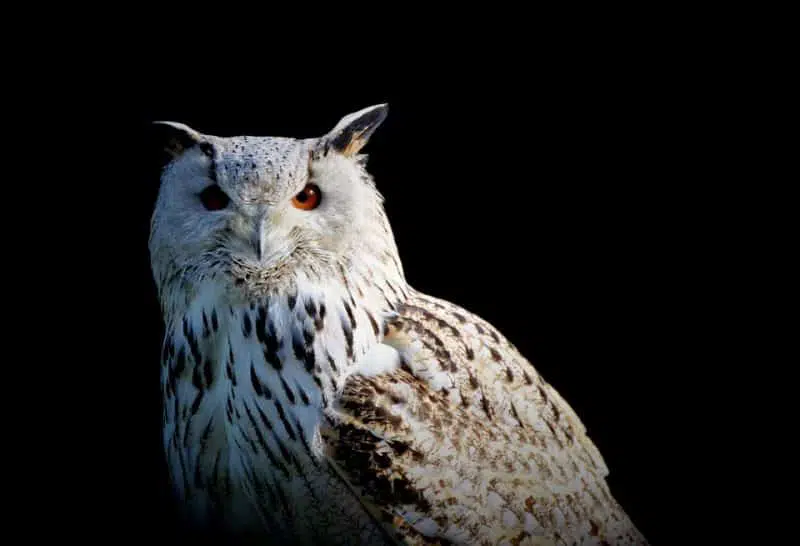Welcome to the Top 10 Most Endangered Birds.
Imagine a world where the skies fall silent, stripped of their colorful and melodic birdlife. Our planet currently hosts an astounding 18,000 bird species, each with its own unique tale. Yet, a looming threat hangs heavy over many of these amazing creatures as they edge closer to extinction.
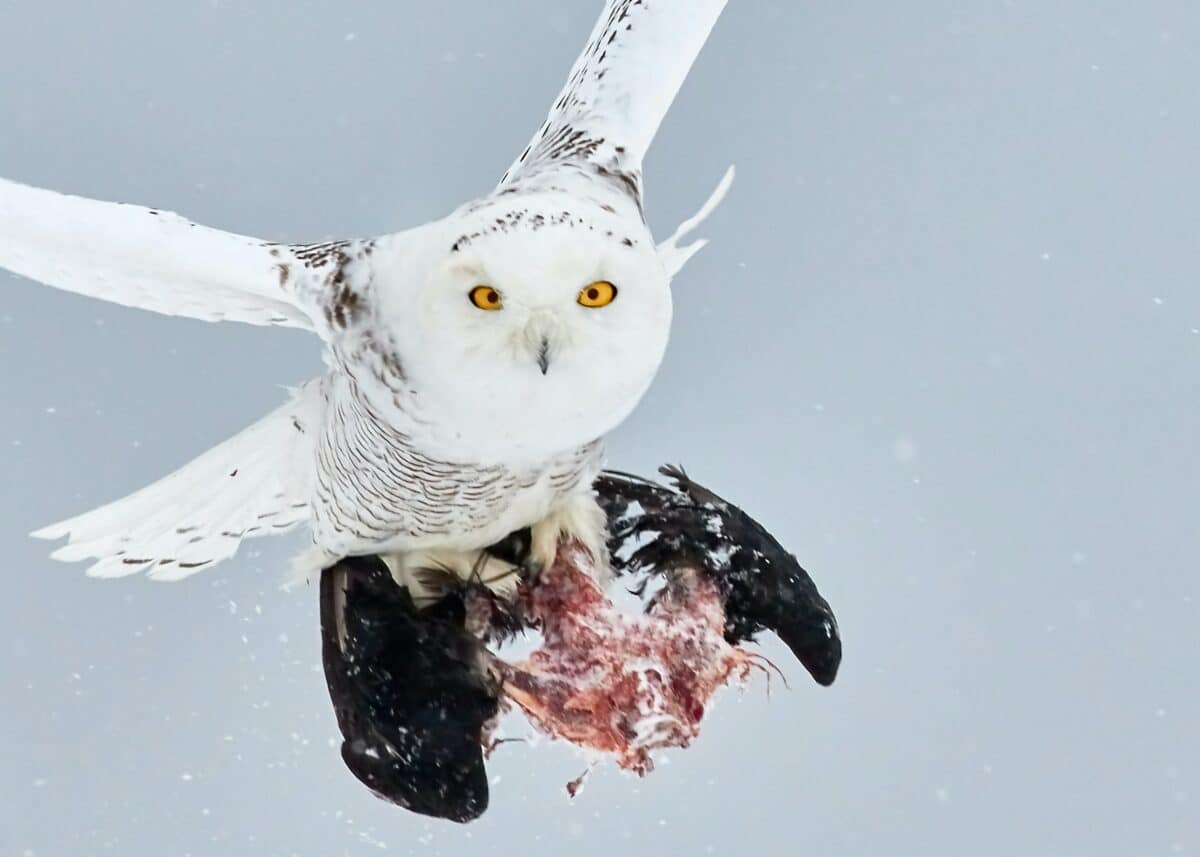
We’ve embarked on a journey to uncover the stories of 10 of our planet’s rarest and most endangered birds. From the mysterious Kiwi to the majestic Great Curassow, these incredible creatures are captivating and vital to the delicate balance of our natural world. Join us as we explore their enchanting lives and discover why protecting them is essential for the future of our planet. If you are looking for a longer and equally insightful list, check out our article on the 17 Most endangered Birds!
Key Points
| Bird Species | Location | Population | Threats and Challenges |
|---|---|---|---|
| Kiwi | New Zealand | Approx. 1,600 | Habitat loss, climate change, predation |
| Kakapo (Owl Parrot) | New Zealand | Approx. 166 | Historic decline, habitat loss, near extinction |
| Snowy Owl | Arctic Region | Declined 85% | Melting polar ice caps, food scarcity, habitat change |
| Fruit Dove | Guam, Northern Marianas | Endangered | Invasive snakes, habitat loss |
| California Condor | Western USA | Approx. 44 | Near extinction, ongoing conservation efforts |
| Hooded Grebe | Patagonia | Critically Endangered | Predation by invasive species |
| Northern Bald Ibis | Northern Africa, Saudi Arabia | Fewer than 500 | Habitat loss, hunting, trade |
| Regent Honeyeater | SE Australia | Declining | Habitat loss due to global warming, human activity |
| African Grey Parrot | Various in Africa | Rapid decline | Illegal poaching for pet trade, habitat loss |
| Great Curassow | Ecuador, Mexico, Colombia | Vulnerable | Habitat loss due to deforestation |
1. Kiwi

This isn’t your regular kiwi fruit, but a unique flightless bird that is critically endangered. The Kiwis are prevalent in New Zealand, with conservation efforts focused on one of its species, the A.Owenii. In the past, the species were so endangered that only five members were left.
conservation efforts
Thankfully, the New Zealand government intensified conservation efforts, and the bird species have risen in population to about 1, 600 members in the world.
The Island scientists employ a special technique to extend the progeny of the Kiwis. They collect Kiwi eggs and incubate them in the laboratory by replacing the original with artificial 3D printed eggs.
Researchers return the eggs to the mother when it’s time for hatching. However, the conservation efforts are not successful for all Kiwi species; for instance, the rowi species is considered “vulnerable” by the International Union for Conservation of Nature (IUCN) because climate change and deforestation threaten them. Currently, they number about 400 members.
Where To See Them: The National Kiwi Hatchery located at Rainbow Springs Nature Park in Rotorua offers a guided tour of the kiwi incubation and Hatchery process for a fee.
2. Kakapo

Kakapo also called the Owl Parrot is another endangered bird on our most endangered birds list found in New Zealand. Like the Kiwi, it is also flightless. Efforts to conserve the Kakapo in New Zealand were activated over 125 years ago. Unfortunately, it didn’t birth much success. As of 2019, Kapako’s population was a mere 142. A breeding session was held in 2019 which gave rise to 24 chicks. While the New Zealand government is working hard to boost the birds’ population, the species are near extinction.

Where To See Them: MoaTreak team, a small New Zealand Tour group offers exclusive tours of the kapako birds and other birds. They have a special 21-day Kapako tour for the ultimate kapako viewing and experience.
3. Snowy Owl
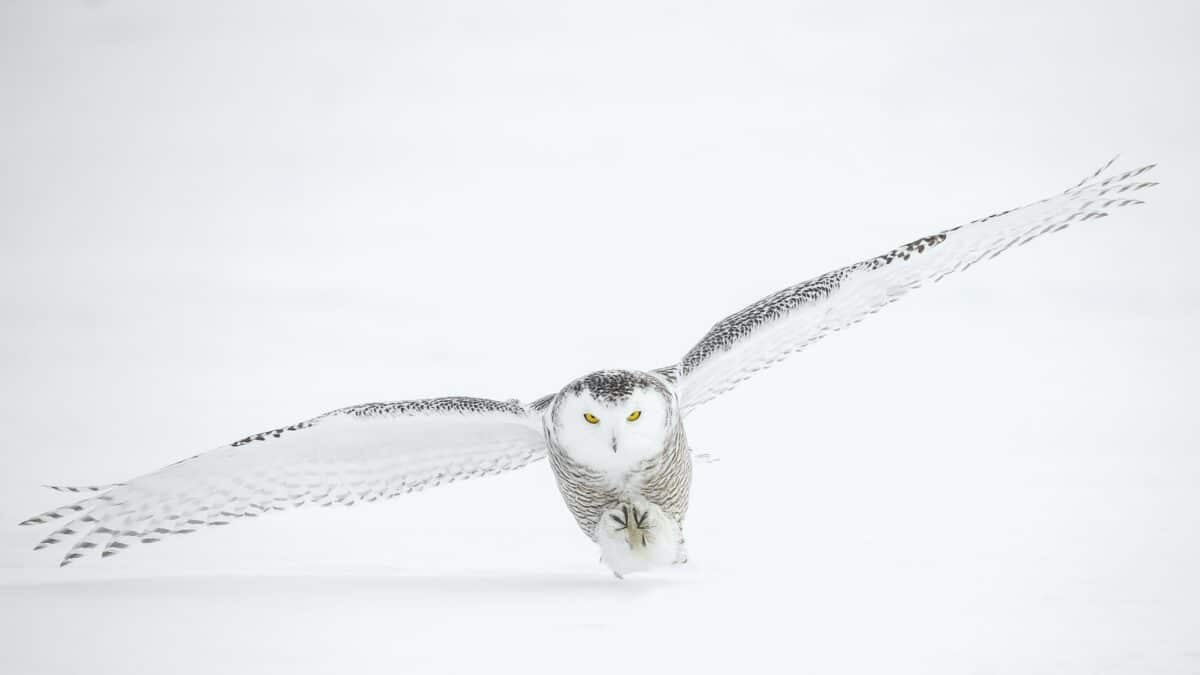
Harry Potter fans will instantly recognize the striking snowy owl, but this remarkable bird is no fantasy—it’s very much a part of our natural world. Unfortunately, the reality is sobering, as the snowy owl is critically endangered and classified as “vulnerable.” Their population is rapidly dwindling due to habitat challenges.
These majestic birds inhabit regions north of the 60° latitude line, including the Arctic Region, where they must contend with the consequences of melting polar ice caps, creating environments that are far from cozy. Furthermore, their primary food source, mice, is also experiencing a decline in population. Consequently, the snowy owl population has plummeted by an alarming 85% since 2003.
For those eager to witness these captivating creatures in their natural habitat, snowy owls are a magnet for bird enthusiasts, drawing them from far and wide. If you share this fascination and wish to quench your curiosity, consider arranging a tour with naturetravelbirding.com.
4. Fruit Dove
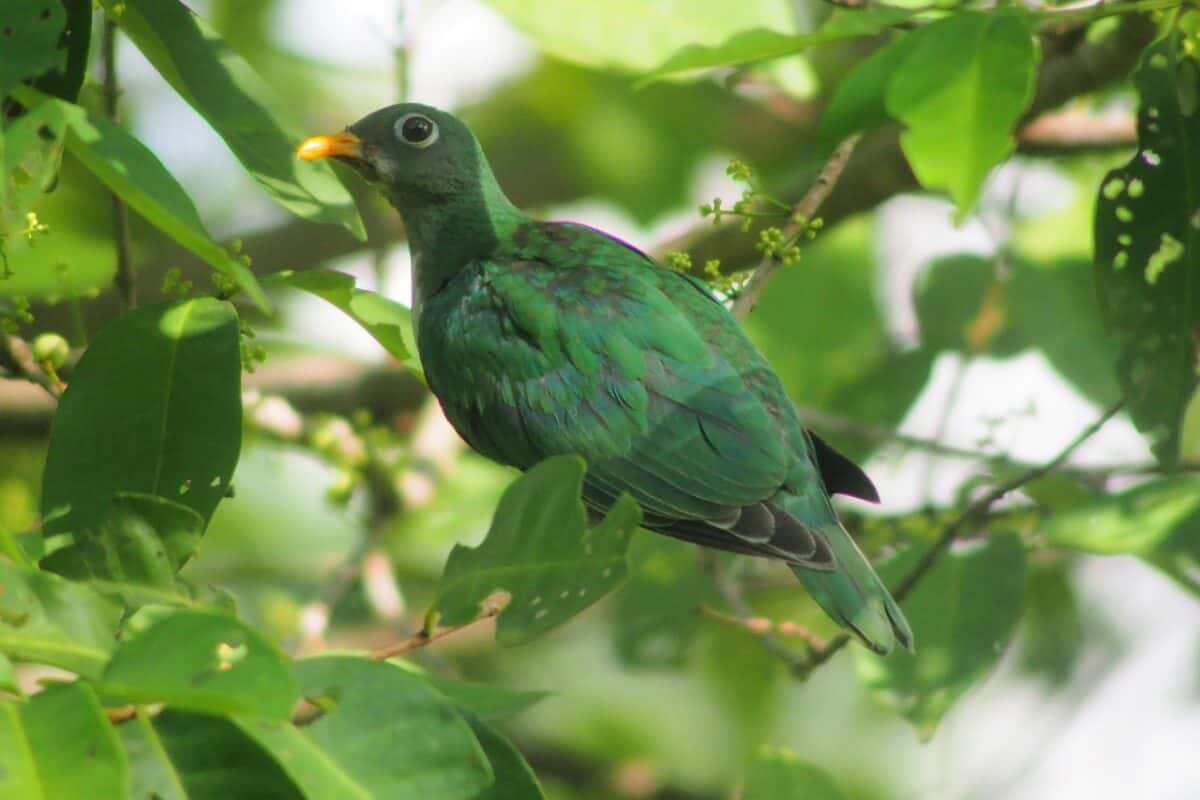
Native to Guam and the Northern Marianas Islands, the fruit dove is an endangered bird species that are predicted to disappear off of the earth in no time. The population has faced numerous threats in recent years, causing a rapid decline in their numbers. Two of these core threats are invasive species (tree snakes that have taken over their habitat) and habitat loss. As the official bird of the Marianas Islands, there is a critical need to restore the fruit dove population. But will they survive extinction? That remains to be seen!.
Where To See Them: Interested in seeing the fruit dove before they become extinct (hopefully they don’t)? You can make a reservation with the Saint Louis Zoo, whose Bird House & Garden is home to endangered Mariana fruit doves.
5. California Condor
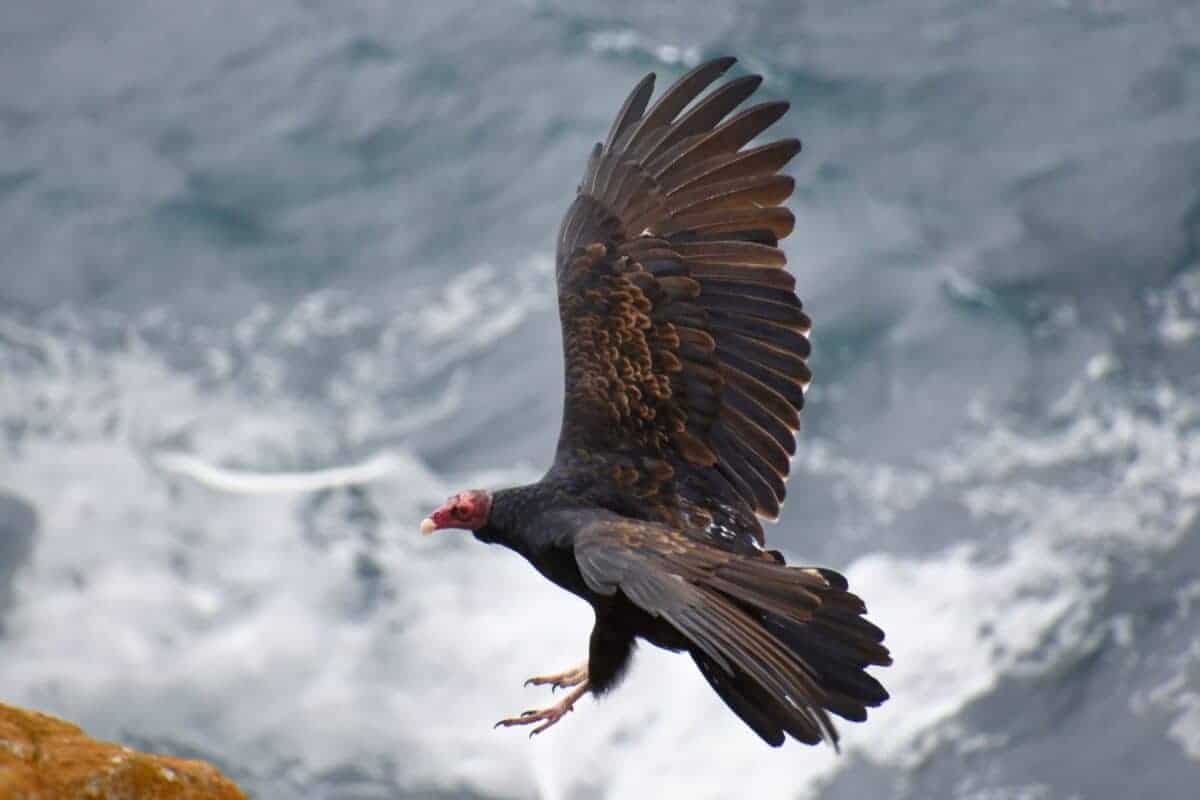
California Condors are a crowd-pleaser, unfortunately, they are on the brink of extinction. In fact, it once went extinct in the wild in 1987. This forced the US Department of Interior (DOI) to launch an intensive mission, capturing every single candor that was left in the wild. Only 26 surviving members were recorded at that time. Interestingly, the population has witnessed a meteoric increase to over 400. The DOI also gave the birds a home in Zion and Grand Canyon National Parks. However, there are as few as 44 condors left in the wild and are still trying to overcome extinction.
Where To See Them: The Ventana Wildlife Society offers exclusive condor tours on the second Sunday of each month. They also offer a full-day visit to the condor base camp.
6. Hooded Grebe
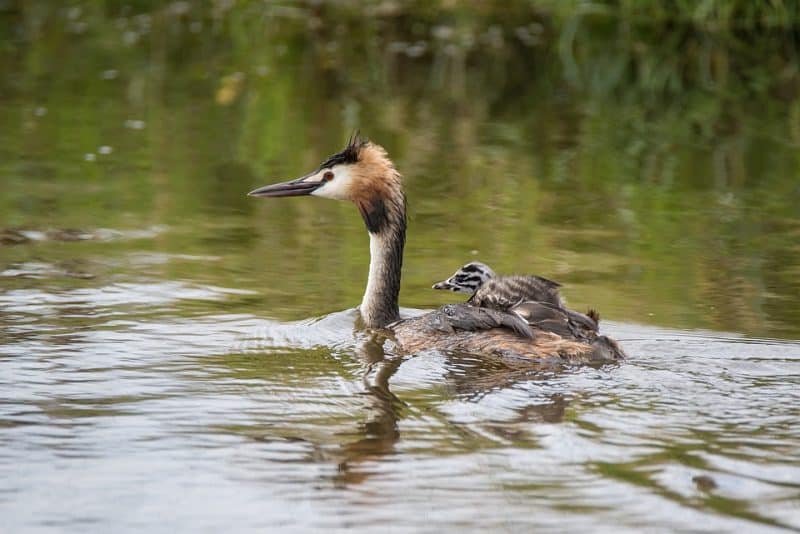
The hooded grebe is endemic to Chilean and Argentinian Patagonia.
Habitat loss and illegal pet trade place many parrot species in jeopardy, categorizing them among the most at-risk groups. Longline fishing and invasive species on breeding islands pose significant threats to seabirds, including albatrosses and petrels. Habitat loss, poisoning, and hunting endanger raptors like eagles, vultures, and hawks, placing them in another high-risk group. The IUCN classified the birds as “critically endangered” following the population decline.
Where To See Them: You can get an exclusive view of the Hooded Grebe by going on a tour with Sereima Nature Tours.
7. Northern Bald Ibis
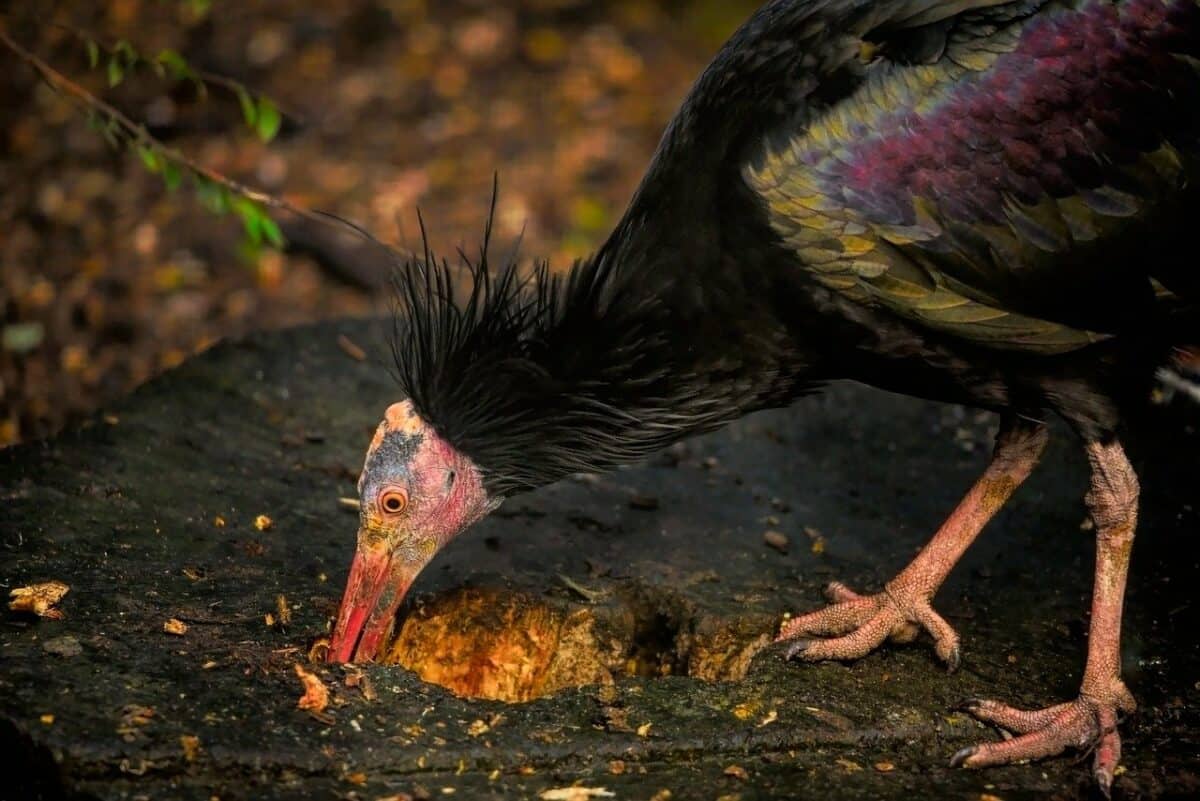
The Northern Bald Ibis is commonly found along the coasts of Northern Africa and the Saudi Arabian Peninsula. Reports highlight its impending extinction citing less than 500 surviving members. Their population is worse projected in the wilds of Syria, with as few as 5 individuals left. This earned them their reputation as the rarest birds in the Middle East. Threats affecting their survival include habitat loss, hunting, and trade.
Where To See Them: You can book a birding adventure with Rockjumper to see these rare birds of the Middle East.
8. Regent Honeyeater

The Regent Honeyeater originates from SE Australia. It gets its unique name from its favorite food source; the nectar of eucalyptus trees. Sadly, this intriguing bird has witnessed a rapid decline in its population since the 20th century. Habitat loss caused by global warming and human activity is the main reason for their dwindling population.
Where To See Them: Go on a guided tour with Moonlit Sanctuary, one of Australia’s best tour operators. They are particularly famous for their night tours.
9. African Grey Parrot
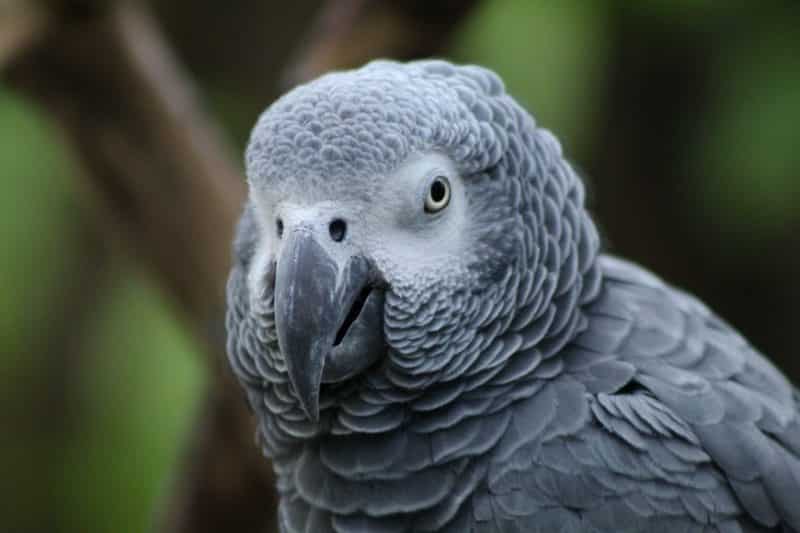
A particularly magnificent bird, the African Grey Parrot is one for the books. Unfortunately, it struggles with extinction. The wild population of these bird species has drastically declined by 95-99% in the last 20-25 years. Surprisingly, the decline isn’t caused by the typical habitat loss, rather, they fall victim to poachers who illegally trade them for their beautiful colors and intelligence.
Where To See Them: Book a trip with shades of grey parrots, Uganda, to see this highly-talked about intelligent parrots.
10. Great Curassow
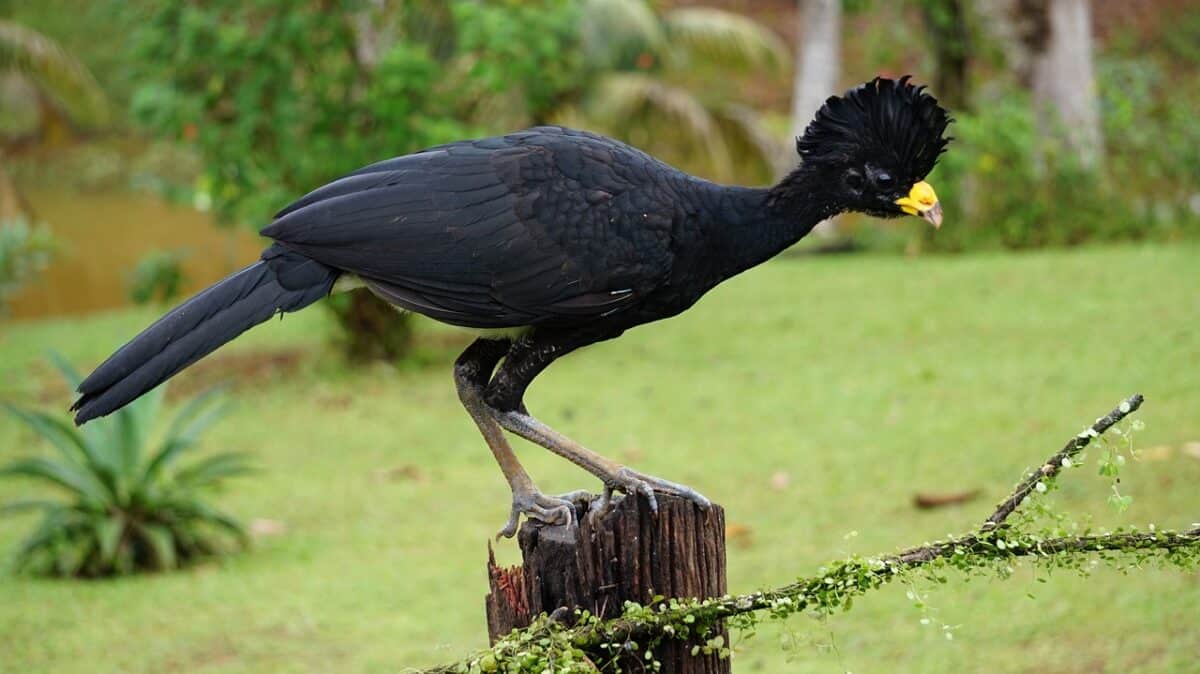
Popularly known for its peculiar whistling call, the Great Curassow bird is as intriguing as it is rare. It is an endangered bird endemic to the rainforests of Ecuador, Mexico, and Columbia. Deforestation is largely to be blamed for the birds’ endangered status, which has caused a decline in their population since the 1980s. It is classed as “vulnerable” by the IUCN.
Where To See Them: If you’d love to see these most endangered birds, you can book a guided tour with Bird watching, Costa Rica.
Summary
These 10 most endangered birds and many others are valuable to biodiversity on earth yet risk extinction. We must support organizations that are working hard to conserve these bird species and their habitat. We don’t want to lose these birds to the cold hands of habitat loss, global warming, and man-made destructions!
To do further research about endangered species, refer to our most endangered animals of 2022 or look at the top 10 cutest animals.
Thank you for reading most endangered birds.
Frequently Asked questions (FAQs)
he title of the “critically endangered” bird species can change over time due to conservation efforts and population fluctuations. One of the critically endangered birds is the Javan Hawk-Eagle (Nisaetus bartelsi). However, the status of bird species may change, so it’s essential to refer to up-to-date resources or conservation organizations for the latest information.
Bird species become endangered primarily due to various human-induced factors and natural challenges. Some common reasons include:
Habitat Loss: Deforestation, urbanization, and land development destroy bird habitats, leaving them with nowhere to live or breed.
Pollution: Contaminants in air, water, and food can harm birds and their reproductive success.
Hunting and Poaching: Illegal hunting, often for the pet trade or decorative feathers, threatens many bird species.
Human Disturbance: Human activities can disrupt breeding, feeding, and nesting patterns, leading to population declines.
Several groups of birds face high endangerment, with some of the most at-risk groups including:
Parrots: Habitat loss and illegal pet trade have placed many parrot species in jeopardy.
Albatrosses and Petrels: Longline fishing and invasive species on breeding islands pose significant threats to these seabirds.
Birds of Prey: Habitat loss, poisoning, and hunting are endangering raptors like eagles, vultures, and hawks.
The largest living bird in the world is the Ostrich (Struthio camelus). Ostriches are native to Africa and are known for their remarkable size and incredible speed. Adult male ostriches can reach heights of up to 9 feet (2.7 meters) and can weigh between 220 to 350 pounds (100 to 160 kilograms). Despite their large size, they are flightless birds and are well adapted to running at high speeds to escape predators.
- 5 Best Places to See African Wild Dogs - April 24, 2024
- Best Places to See Giant Pandas - April 23, 2024
- Sea Snakes: A Complete Guide - April 23, 2024

